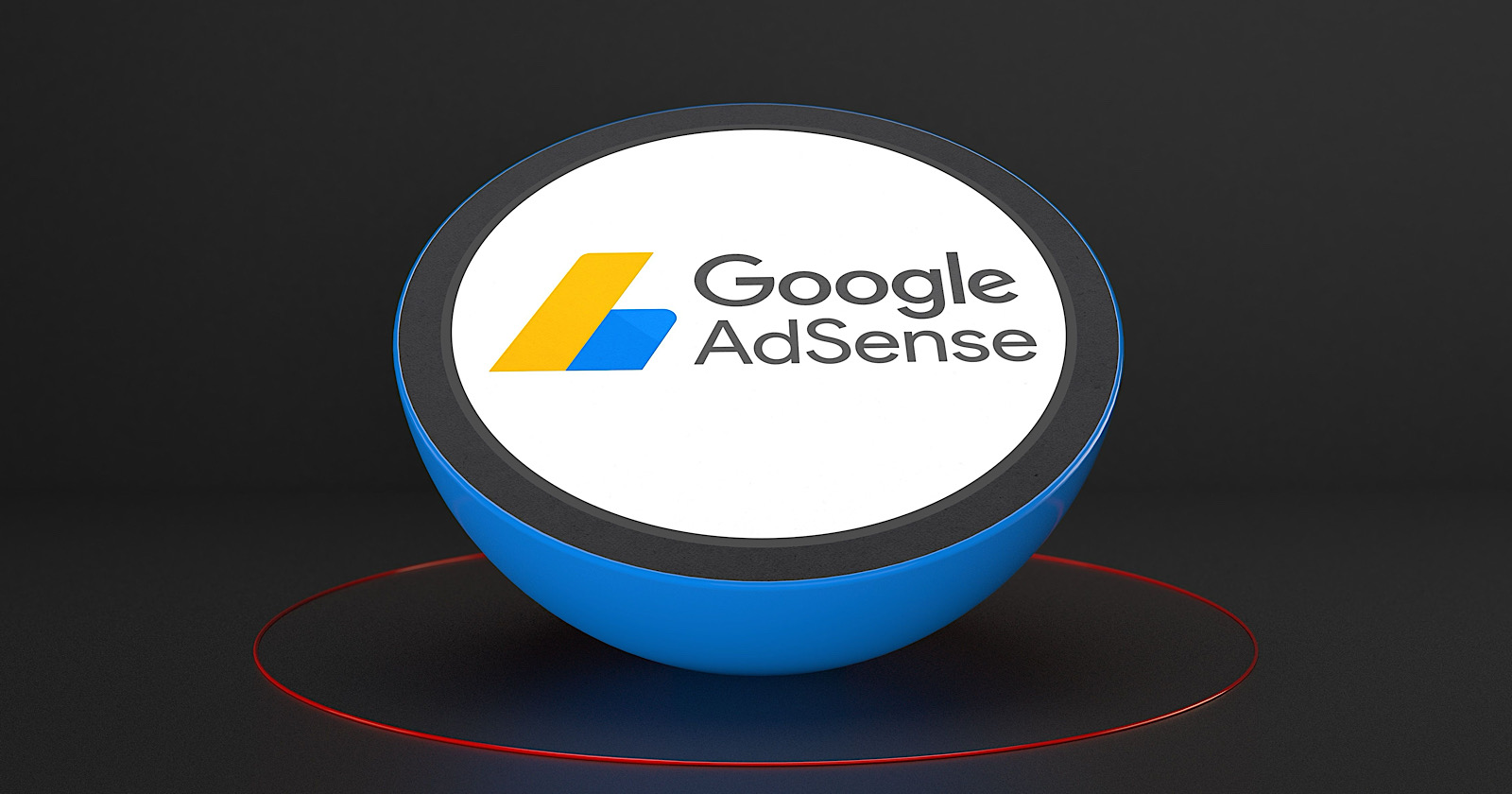Google is transitioning AdSense to an eCPM payment model for publishers.
Last November, Google stated it would be updating the revenue share structure for AdSense to modernize the way publishers earn money from their website content.
Ginny Marvin, the Google Ads Liaison, has confirmed this transition to eCPM payments for AdSense partners.
Hi, Yes, this change has rolled out, and partners should now be receiving payments in eCPM. More here: https://t.co/21ZHrMt1LB
— AdsLiaison (@adsliaison) February 12, 2024
A Closer Look At The Updated Revenue Share
Previously, publishers received a consistent 68% of ad revenue. Now, the revenue share is split into separate rates for the buy-side (advertisers) and sell-side (publishers).
Google elaborates on the specifics of this new structure:
“For displaying ads with AdSense for content, publishers will receive 80% of the revenue after the advertiser platform takes its fee, whether that be Google’s buy-side or third-party platforms.”
According to an example from Google, when Google Ads purchases display ads on AdSense, it retains an average of 15% of advertiser spend. Google states that overall publisher revenue is expected to remain around 68% despite these changes.
The model differs when third-party platforms buy AdSense display ads. In these cases, publishers receive an 80% share after the third-party’s fees. Google says it lacks control or visibility into these third-party fees.
The example below shows that with both buy and sell-side fees, one dollar from an advertiser translates to sixty-eight cents for the publisher.
 Screenshot from: blog.google/products/adsense/evolving-how-publishers-monetize-with-adsense/, February 20204.
Screenshot from: blog.google/products/adsense/evolving-how-publishers-monetize-with-adsense/, February 20204.Transitioning To Per-Impression Payments
Google is transitioning AdSense to a per-impression payment model, bringing it in line with industry standards for display advertising. This will allow publishers to compare earnings across Google’s products and third-party platforms more easily.
According to Google, this payment model update will not impact the amount or type of ads publishers can show as long as they adhere to existing AdSense policies and Better Ads Standards. These standards prevent intrusive ads like pop-ups or advertisements that take over the screen.
Takeaways For Publishers
Publishers who rely on AdSense for a portion of their income may be considering the implications of these changes.
Here are some points of consideration.
Understand the Implications
The eCPM (effective cost per thousand impressions) payment model differs from the previous predominant cost-per-click (CPC) model.
With eCPM, publisher revenue is based on the number of impressions rather than clicks.
Publishers should understand how this new model works, as it could impact revenue, especially for those whose content aims for high engagement over high traffic volume.
Adapt Content & SEO Strategies
Google has stated that the earnings for most publishers will likely remain unchanged after the transition to eCPM bidding.
However, the impact may differ on an individual basis. Publishers may need to adjust their content and SEO tactics to maximize revenue within the new eCPM model.
Potential strategies include increasing website traffic volume, improving user engagement metrics, and extending session duration to serve more ad impressions.
Compliance with Ad Standards
The shift to an impression-based model increases the need for publishers to follow AdSense policies and Better Ads Standards.
Publishers must continue providing a positive ad experience for users by avoiding disruptive ads. This will be critical to sustain ad revenue and remain in good standing with the AdSense program.
In Summary
While Google’s AdSense updates aim to simplify and bring transparency to the monetization process, it’s up to publishers to leverage these changes for their benefit.
By staying informed, monitoring performance, and adapting strategies, publishers can continue to thrive.
FAQ
What is the significance of Google transitioning AdSense to an eCPM payment model for publishers?
How will the updated revenue share impact AdSense publishers?
- The updated revenue share structure changes publishers’ compensation, introducing separate rates for buy-side (advertisers) and sell-side (publishers).
- Publishers will receive 80% of the revenue after the advertiser platform takes fees, whether from Google’s buy-side or third-party platforms. This could affect income predictability as third-party fees can vary and are not controlled by Google.
- The overall revenue for publishers is expected to stay around 68%, similar to the previous agreement. Still, there may be individual variations based on the details of each transaction and the parties involved.
What strategies can publishers employ to adapt to the eCPM payment model?
- Increase website traffic volume to generate more ad impressions and potentially increase revenue.
- Improve user engagement metrics such as time on page and pages per session, as higher engagement may lead to increased ad impressions.
- Extend session duration on their sites to serve more ad impressions. This could involve enhancing content quality or providing additional resources to keep users engaged for extended periods.
- Ensure compliance with AdSense policies and Better Ads Standards to provide a positive ad experience and sustain ad revenue growth.
Featured Image: Wirestock Creators/Shutterstock





![AI Overviews: We Reverse-Engineered Them So You Don't Have To [+ What You Need To Do Next]](https://www.searchenginejournal.com/wp-content/uploads/2025/04/sidebar1x-455.png)